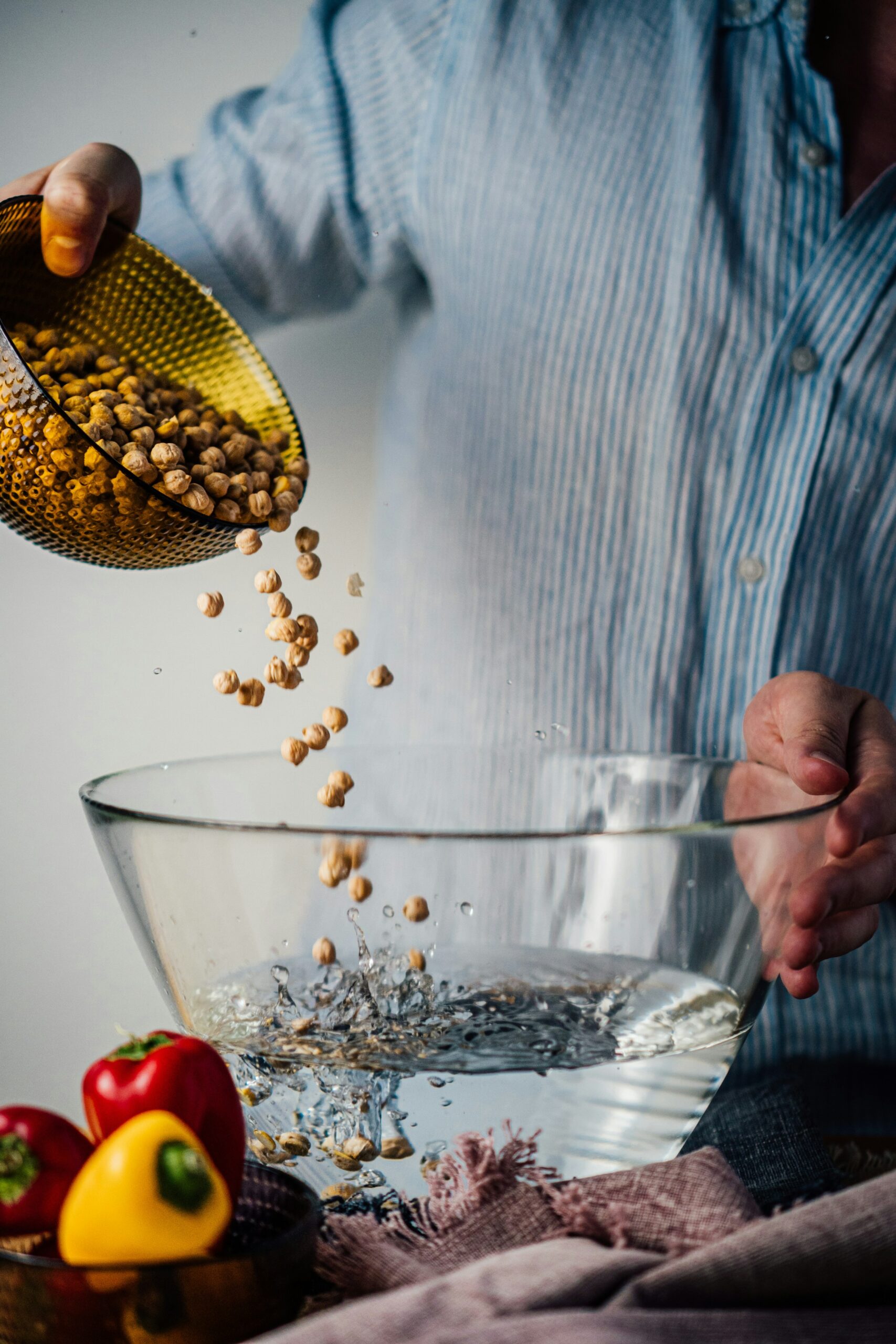A Bite-Sized History
Pulses have been fueling humanity for over 11,000 years, making them some of the oldest crops ever cultivated.
Archaeologists have found peas in ancient Thai caves and lentils tucked inside Egyptian tombs, packed for the afterlife. Even the Bible gives pulses a shout-out, with Esau trading his birthright for a bowl of lentils.
In the Middle Ages, pulses helped pull Europe through hard times. They were essential to crop rotation, improved protein in people’s diets, and helped fight malnutrition after the Black Plague.
Across cultures, pulses carry deep meaning, from symbolizing renewal during Iran’s No Ruz New Year to representing prosperity on Italian tables at Capo d’Anno.
Today they’re making a comeback, not just because of their rich past but for their role in a healthier, more sustainable future.









